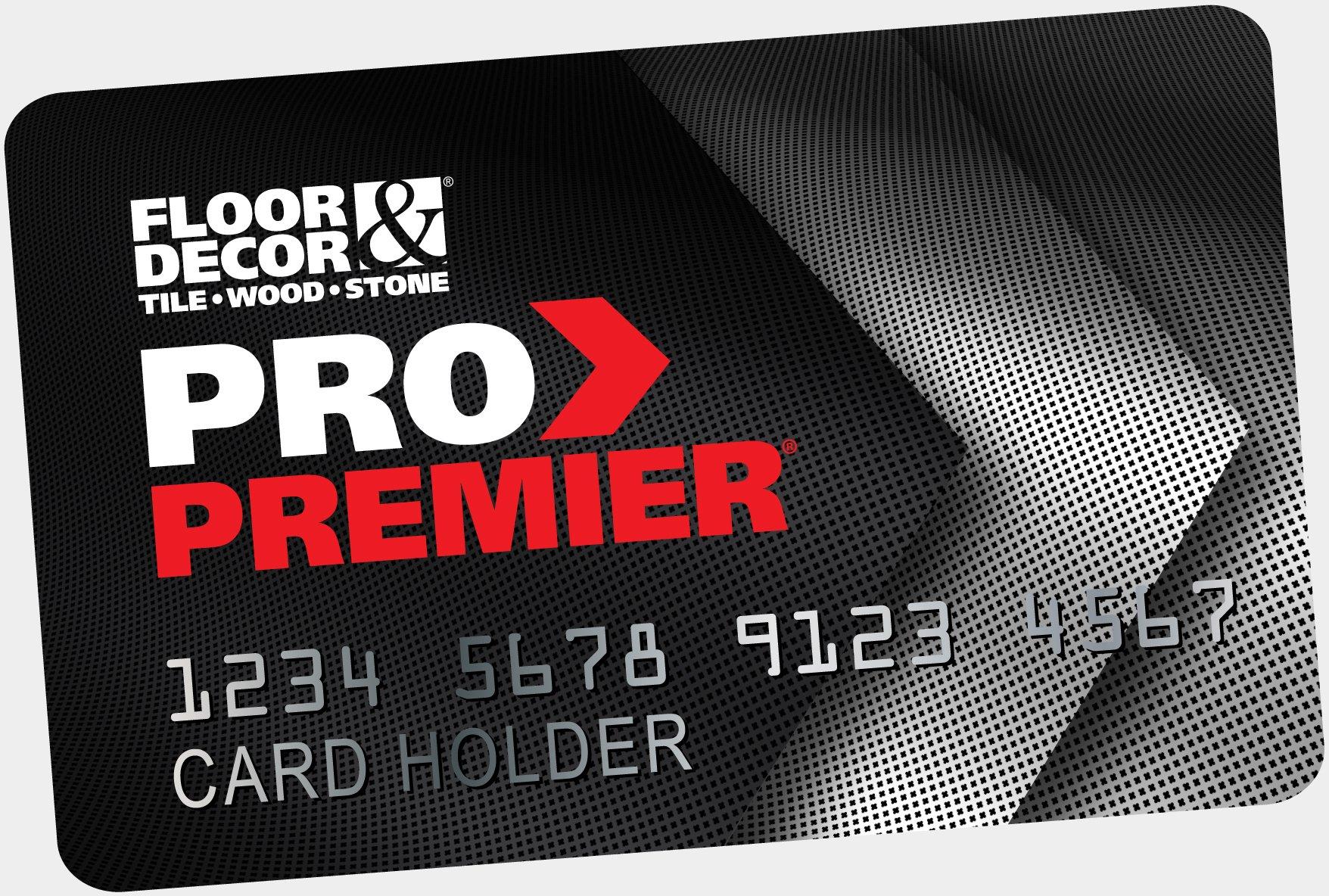The most important complaint against payday lenders is their highest cost: the normal brick-and-mortar payday loan provider charges $15 per $100 lent per two weeks, implying an annual interest rate of 391 percent! Which is high priced, to make sure, it is it unjust? For economists, the solution varies according to whether payday credit score rating marketplace is aggressive: with healthy rates competition, charges can be pushed as a result of the point where they just protect costs, such as loan losses and cost.
This research which learn learned that risk-adjusted profits at openly bought and sold payday loan businesses had been similar to additional financial companies

Critics typically stress that payday lenders outnumber Starbucks like they-payday loan providers, perhaps not Starbucks-were a plague upon the land. But shouldn’t competition among payday loansin Maine those payday loan providers drive down rates? They apparently. This research estimated that every additional payday firm per 1,000 customers in a given postcode was actually connected with a $4 fall in costs (compared to a mean finance charge of about $55). During the later years on the study, the writers discovered that pricing had a tendency to move upward toward costs caps, but that seems like a problem with price limits, maybe not competitors. Not to mention, payday lenders also have to compete against different little dollar lenders, like overdraft credit score rating companies (credit unions and financial institutions) and pawnshops.
Opposition generally seems to limit payday loan providers’ profits as well as their rates. An FDIC research using payday store-level data determined a?that set operating expenses and financing loss rate manage justify a big area of the higher APRs billed.a?
Even though payday loans costs manage competitive, most reformers have advocated price caps. The middle for accountable financing (CRL), a nonprofit developed by a credit union and a staunch foe of payday financing, has actually ideal capping annual prices at 36 percent a?to spring the (financial obligation) trap.a? The CRL are theoretically appropriate, but only because a 36 percentage limit eliminates pay day loans completely. If payday lenders make typical profits if they cost $15 per $100 per a couple weeks, just like the research shows, they must certainly lose cash at $1.38 per $100 (equal to a 36 % APR.) Actually, Pew Charity Trusts (p. 20) notes that storefront payday loan providers a?are maybe not founda? in says with a 36 per cent limit, and researchers heal a 36 per cent cap as an outright ban. In view for this, a?36 percentersa? should reconsider their unique position, unless of course their objective should eliminate payday advances completely.
a?Spiralinga? charge?
a central section of the debt pitfall critique against payday advance loan is their a?spiralinga? fees: a?When consumers don’t have the profit appear payday, the borrowed funds becomes turned into an innovative new mortgage, piling on more costs into a spiral of personal debt for any debtor.a? Its definitely true that payday loans costs mount up when the debtor stretches the loan (like most obligations), but would they spiral? Suppose Jane borrows $300 for two weeks from a payday lender for a charge of $45. If she chooses to roll over the loan arrive payday, she actually is designed to spend the $45 cost, and will owe $345 (the principal and the charge in the 2nd financing) at the conclusion of the thirty days. If she will pay the mortgage then, she’ll has compensated $90 in costs for a sequence of two $300 payday loans. Payday loan providers dont cost refinancing/rollover charges, just like mortgages, plus the interest doesn’t compound (unless needless to say she removes a brand new mortgage to pay for interest on the earliest loan). Probably it is just semantics, but a?spiralinga? indicates rapid gains, whereas charge for any common $300 loan mount up linearly as time passes: overall charges = $45 + quantity of rollovers x $45.
Deixe uma resposta